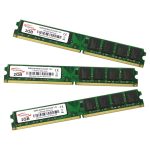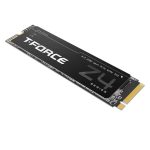Introduction to Compact Flash Cards
Compact Flash (CF) cards are a type of storage device. They are popular for their durability and high storage capacity. These cards first appeared in the early 1990s. They provide removable memory for a range of devices like cameras and industrial machinery. A 32GB Compact Flash card offers a balance of capacity and portability. It is ideal for professionals and enthusiasts alike. These cards are also resistant to shock and vibration. This makes them perfect for use in extreme conditions. Understanding the features of CF cards can help in selecting the right storage solution. Whether you are shooting photos, capturing video, or saving data, a 32GB Compact Flash card is a reliable choice.
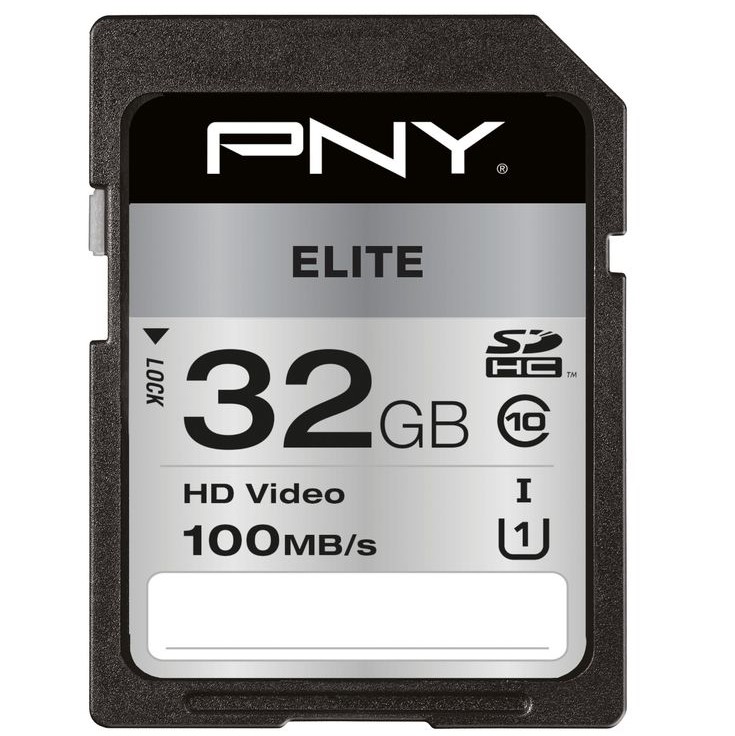
History of Compact Flash Technology
Compact Flash (CF) technology dates back to 1994. SanDisk introduced it as a new standard for data storage. They aimed at portable electronic devices. The initial 32GB Compact Flash cards were a big leap from earlier memory capacities. Earlier cards ranged from 2MB to 128MB. CF technology has evolved significantly since then. It now offers faster speeds and better durability. Compact Flash became the storage of choice for many professional photographers. It allowed them to store high-quality images and video. Innovations in CF technology also led to its use in embedded systems. These are systems where high reliability is crucial. Over the years, CF cards have shrunk in size but grown in storage and capabilities. They remain a preferred option for reliable, high-capacity storage. They serve both consumers and professionals across different industries.
Benefits of Using 32GB Compact Flash Cards
Choosing a 32GB Compact Flash (CF) card comes with numerous advantages. Here are some key benefits:
- Ample Storage Space: With 32GB, you can store thousands of high-resolution photographs or several hours of HD video. This makes a 32GB CF card a great choice for photographers and videographers needing to capture extensive media without frequent card swaps.
- Speed and Efficiency: Compact Flash cards are known for their quick read and write speeds. This speed is crucial for capturing images in rapid succession or recording high-quality video without lag.
- Durability: These CF cards are built to last. They handle rough conditions better than many other types of storage devices. Their robust design means they’re less likely to fail when dropped or exposed to extreme environments.
- Compatibility: A wide range of devices, from DSLRs to video cameras and even some industrial machinery, use CF cards. The 32GB size is often supported, ensuring broad compatibility.
- Data Transfer: CF cards make transferring data to computers or other devices straightforward. High-capacity cards like the 32GB version mean fewer transfers and more continuous work flow.
- Cost-Effectiveness: Compared to other high-capacity storage options, 32GB Compact Flash cards offer a good balance between price and storage space, providing value for professionals and hobbyists alike.
By opting for a 32GB Compact Flash card, you leverage a mix of capacity, speed, and reliability. It’s a choice that can keep pace with the demands of modern media creation and storage needs.
Top Uses for 32GB Compact Flash Cards
The 32GB Compact Flash (CF) card has become a mainstay in various fields due to its robust storage capacity. Here are some of the top uses:
- Digital Photography: Professionals often prefer 32GB CF cards for their ability to store large quantities of high-resolution images.
- Videography: Filmmakers and videographers rely on these cards for recording extended lengths of HD and 4K video footage.
- Gaming: Some gaming devices use CF cards to store game data and downloadable content, making 32GB cards suitable for avid gamers.
- Music Production: Musicians and producers use CF cards to store audio files and recordings, thanks to their reliable speed and capacity.
- Industrial Applications: Devices in industrial and manufacturing settings use CF cards to log data and update software due to their durability and reliability.
- Medical Equipment: Medical imaging devices use CF cards to store high-fidelity images, like X-rays and MRIs, that require substantial memory.
- Embedded Systems: 32GB CF cards serve as a storage solution in embedded systems, ensuring performance in critical applications.
- Security Systems: Security cameras use CF cards for continuous high-resolution video recording, where card reliability is critical.
This versatility makes the compact flash 32GB card an essential part of the toolkit for professionals across various industries who require a reliable and high-capacity storage solution.
How to Choose the Right 32GB Compact Flash Card for Your Needs
When shopping for a 32GB Compact Flash (CF) card, consider several factors to ensure it meets your needs. Here’s a step-by-step guide to making an informed decision:
- Understand Device Compatibility: Check your device’s specifications. Ensure the CF card is compatible with your camera, video recorder, or other equipment.
- Speed Class Matters: Look at the speed class rating. Choose a card that can handle your device’s highest burst rate for photography or video recording.
- Brand Reliability: Opt for cards from reputable brands. They are more likely to offer consistent performance and warranty support.
- Consider Future Needs: Think about storage needs down the line. Will 32GB suffice, or should you plan for larger storage options?
- Check for Protective Features: Some CF cards have built-in features like shock resistance and waterproofing—a bonus for tough environments.
- Price Comparison: Compare prices from multiple retailers. But remember, the cheapest option isn’t always the best.
- Read Reviews: Look for online reviews and user experiences. They can provide valuable insights into card reliability and performance.
By carefully selecting your 32GB Compact Flash card based on these criteria, you’ll ensure that your storage isn’t just adequate, but optimized for your specific needs, providing smooth and reliable use in any professional or hobbyist setting.
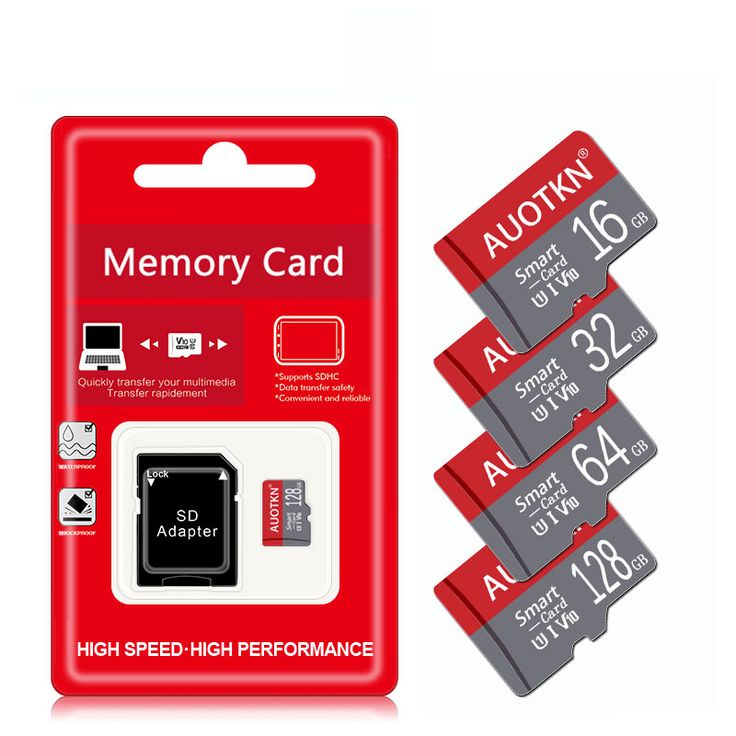
Caring for Your 32GB Compact Flash Card
To maintain the longevity and performance of your 32GB Compact Flash (CF) card, proper care is crucial. Here are some practical tips to help you care for your CF card effectively:
- Handle with Care: Always hold your CF card by the edges. Avoid touching the metallic connectors to prevent any static damage.
- Use Protective Cases: When not in use, store your CF card in a protective case. This shields it from dust, moisture, and other harmful elements.
- Keep Away from Magnets: Strong magnetic fields can corrupt data stored on your CF card. Make sure to keep the card away from magnets.
- Avoid Extreme Temperatures: Do not expose your CF card to extreme temperatures. High heat or extreme cold can damage the card’s electronic components.
- Eject Properly: Always use the “safely remove hardware” option on your computer before ejecting your CF card. This prevents data corruption.
- Format Wisely: Format your CF card in the device you intend to use it with. This can prevent compatibility issues and potential data loss.
By following these simple guidelines, you can ensure that your compact flash 32GB card remains a reliable and effective storage solution.
Troubleshooting Common Issues with Compact Flash Cards
Even the most reliable storage solutions can encounter issues, and 32GB Compact Flash cards are no exception. When you face problems with your CF card, it can be frustrating. But often, you can fix these issues with some basic troubleshooting steps. Here are common problems and how to resolve them:
- Card Not Recognized: If your device can’t detect the CF card, try reinserting it. Make sure it is properly seated in the slot. If that doesn’t work, test the CF card in another device to check if it’s a card issue or a device fault.
- Slow Read/Write Speeds: Slow performance could stem from a fragmented card. Formatting the CF card can resolve this. Remember to back up any data before formatting.
- File Corruption: When files don’t open, it might indicate corruption. Stop using the card immediately. Use data recovery software to try and salvage your files.
- Card Full Error: Sometimes, cards report being full when they’re not. This again can often be fixed by formatting. Check you have saved any important data first.
- Physical Damage to the Card: If the CF card has visible damage, it’s safest to replace it. Continuing to use a damaged card can lead to data loss.
- Error Messages: Devices can give error messages like ‘card error’ or ‘write error’. Rebooting your camera or device can sometimes clear these errors. If not, consult the device’s manual or support.
- CF Card Lock: Some CF cards have a lock switch. Ensure it isn’t in the locked position if you’re having trouble writing to the card.
Dealing with CF card issues calmly and methodically often leads to a solution. Keep these tips in mind to maintain your compact flash 32GB card’s integrity and functionality.
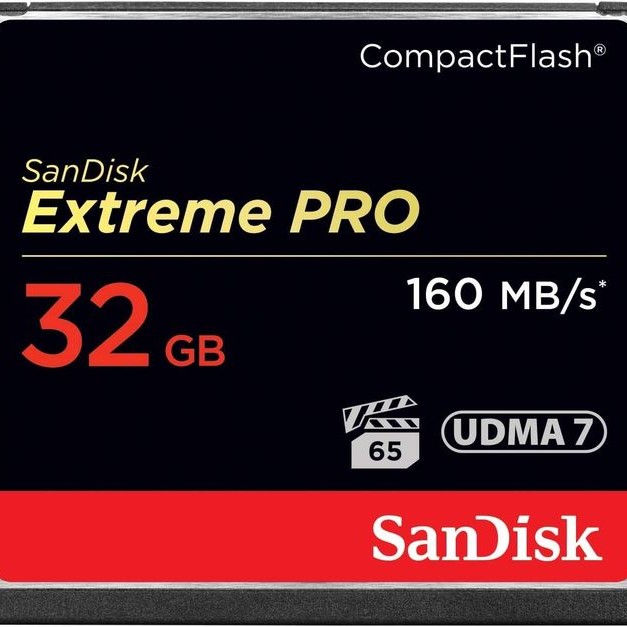
Future of Compact Flash Cards and High-Capacity Storage Solutions
As technology advances, the future of Compact Flash cards remains a topic of interest. While the demand for high-capacity storage continues to grow, here’s what we can expect going forward:
- Increased Capacity: Although 32GB Compact Flash cards provide ample storage, advancements may lead to even higher capacities.
- Faster Speeds: The need for speed in data transfer is never-ending. We anticipate CF cards will evolve to offer even quicker read and write capabilities.
- Enhanced Durability: As Compact Flash cards are used in extreme conditions, future versions will likely focus on improving robustness against environmental challenges.
- Greater Versatility: With more devices requiring flexible storage solutions, CF cards are expected to adapt to a broader range of applications.
- Emerging Technologies: We might see the integration of new technologies, like built-in Wi-Fi or advanced security features, to enhance data management.
- Sustainability: There’s a growing trend towards sustainable tech. Future storage solutions may emphasize eco-friendly manufacturing and materials.
The trajectory for Compact Flash cards looks promising. They will continue to evolve, offering high-capacity storage options that meet the needs of an ever-advancing digital world.
